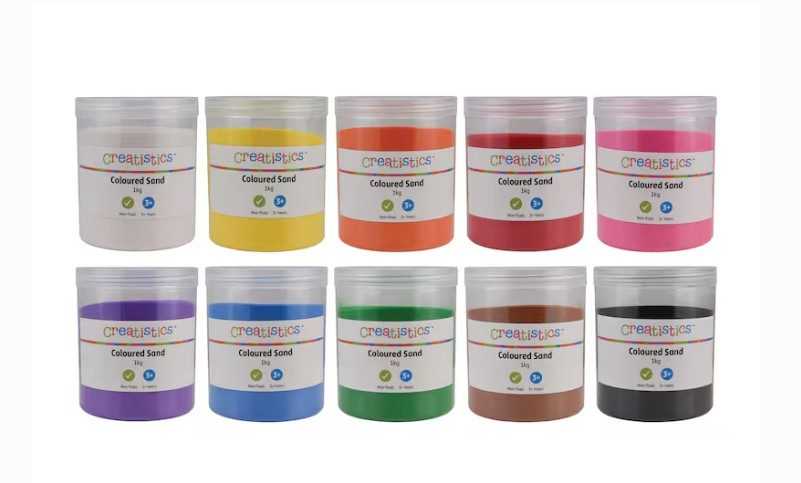Youth with vaping friends are 15 times more likely to vape too. The finding comes from a University of Queensland research project about vaping trends among American young people.
“We analysed data from 20,800 American youth between 2015 and 2021 and found while the proportion with friends who smoked declined, having friends who vaped remained concerningly common,” PhD candidate Giang Vu found.
“In 2015, 31.6 per cent of young people had friends who vaped, and while this decreased to 22.3 per cent by 2021, this figure is still high.”
She said the outbreak of lung disease associated with vaping, and COVID-19-related disruptions to social networks and access, also most likely contributed to this decline.
Vaping an ongoing national issue
Declining but still significant youth vaping rates
Nearly 10% of 14 to 15-year-olds vape daily, per the 2024 Year 10 Snapshot survey. Although this number was down 10% from 2022 data, it remains a staggering proportion of youth.
Regular vaping among Year 10 students peaked in 2021 (20.2%) and has been steadily declining since then, to 14.1% in 2024, according to Health New Zealand.
Ethnic disparities in vaping rates
There are differences by ethnicity for regular vaping as follows: Māori (29.4%), Pacific (19.2%), European/Pākehā (11.2%) and Asian (3.8%).
“It remains a concern that young Māori are almost three times as likely to vape than Pākehā students,” Action for Smokefree (ASH) 2025 Director Ben Youdan said.
According to the New Zealand Health Survey, the daily vaping prevalence among 15- to 17-year-olds increased to 15.4% in 2022/2023. Rates declined to 10.5% in 2023/24, but this decline was not statistically significant.
“ASH supports these measures to reduce further the appeal of vaping to young people and penalise unscrupulous sellers. However, we are still missing evidence-based programmes that give young people the skills to navigate a world where vaping exists,” Youdan said.
“This is even more important when we see the huge role vaping has played in getting tens of thousands of adults off cigarettes and reducing the horrendous toll of smoked tobacco.”
“Vaping is absolutely not for young people or never smokers, and is certainly not risk-free. The good news is that youth vaping appears to be declining, but we still need to put much more into prevention, and supporting young vapers to quit if we want to undo the rapid rise that happened in the absence of any meaningful regulation prior to 2021”.
Synthetic cannabis use increases
Rising use and dangers of synthetic cannabinoids
A further University of Queensland study found that more young people are turning to illegal cannabis products, including dangerous synthetic cannabis products.
Alarmingly, the reports found a significant increase in the number of youths who are unaware of what they are inhaling.
“We saw an increase in all products between 2021 and 2023, but it was concerning to see a rise in synthetic cannabinoids, where vaping doubled in young people aged between 11 and 15 years,” Queensland University PhD candidate Jack Chung said.
“Synthetic cannabinoids are particularly dangerous as they can lead to unpredictable health consequences and even death.”
Synthetic cannabinoids are a group of man-made chemical drugs sprayed onto plant material and then smoked. Marketed under names such as “Spice,” “K2,” and other street labels, they’re designed to mimic the effects of THC, the active ingredient in cannabis.
Unlike natural cannabis, the chemical composition of synthetic cannabinoids can vary greatly, making their effects highly unpredictable and often much more potent.
These products are particularly dangerous for several reasons. Many synthetic cannabinoids bind more strongly to brain receptors than THC, leading to much more severe and sometimes life-threatening reactions.
Reported health consequences include rapid heart rate, vomiting, agitation, confusion, and hallucinations. Severe cases have been linked to kidney injury, seizures, heart attacks, and even death.

Social media’s role in youth smoking
Associate Professor Gary Chung Kai Chan, who collaborated on both studies, noted that social media played a significant role in the vaping rates among young people.
“In many videos, vaping is portrayed as trendy and a healthier lifestyle choice when compared to cigarette smoking, but this is dangerous messaging,” Dr Chan said.
Influence of social media and peers
“We need more regulation on social media, along with targeted policies and campaigns to decrease vaping rates.
“Further research is also needed to help us understand the evolving trends of cannabis vaping and the physical and mental health impacts on youth.”
Young people are continuously exposed to messaging that portrays vaping and drug use as trendy, socially desirable, and relatively harmless. Influencers and peers often share content that not only normalises these activities but also frames them as preferable alternatives to cigarette smoking.
This widespread social media exposure directly affects youth perceptions, increasing curiosity and the likelihood of experimentation with vaping, synthetic cannabinoids, and other substances.
Effective responses require tightening social media regulations, implementing digital health literacy education, and developing targeted online interventions to address these issues.
More New Zealand organisations are implementing strategies to empower young people to critically assess the images and messages they encounter and help them develop skills to resist peer and digital pressure.





